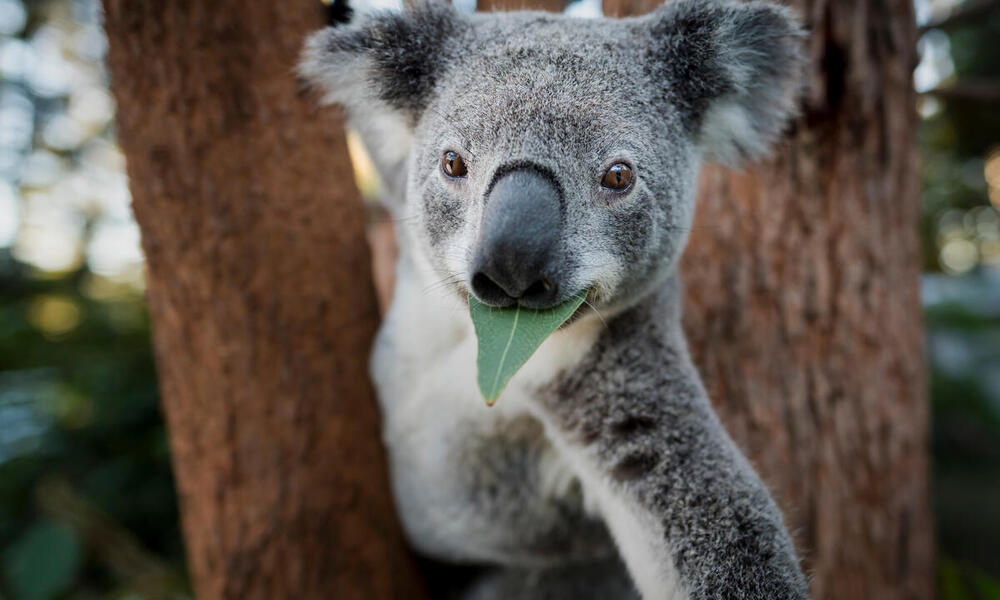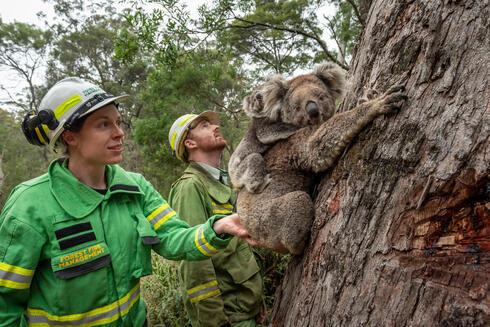Today’s announcement by Environment Minister Sussan Ley follows a joint nomination by the International Fund for Animal Welfare (IFAW), Humane Society International (HSI), and WWF-Australia in March 2020 to the federal Threatened Species Scientific Committee.
The decision means koala populations in Queensland, New South Wales, and the Australian Capital Territory will now be classified as Endangered under the Environment Protection and Biodiversity Conservation Act (EPBC Act) 1999, and recognizes that east coast koalas are at risk of disappearing altogether.
IFAW, HSI, and WWF-Australia thanked Minister Ley for listening to the environmental sector and making this much-needed decision based on the science. The three organizations submitted strong evidence to support the nomination including scientific reports by ecological consultants Biolink.
Creating a brighter future for koalas
Artificial intelligence and an army of new sensor cameras are now being used to track the recovery of animals impacted by bushfires in Australia—one of the most extensive post-fire surveillance programs ever undertaken in the country.
WWF-Australia and Conservation International, supported with a $1 million grant from Google’s philanthropic arm Google.org, launched An Eye on Recovery, a large-scale collaborative camera sensor project.
The project involves more than 600 sensor cameras used to monitor wildlife—including koalas—in landscapes impacted by the 2019 and 2020 bushfires, including the Blue Mountains, East Gippsland, Kangaroo Island, and South East Queensland.
Images captured by the cameras will be analyzed by Wildlife Insights, a groundbreaking cloud platform that uses artificial intelligence and machine learning technology developed by Google to identify species.

